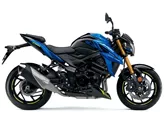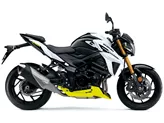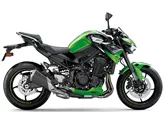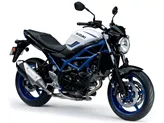Kawasaki Z 800 2013 vs. Suzuki GSR 750 2011
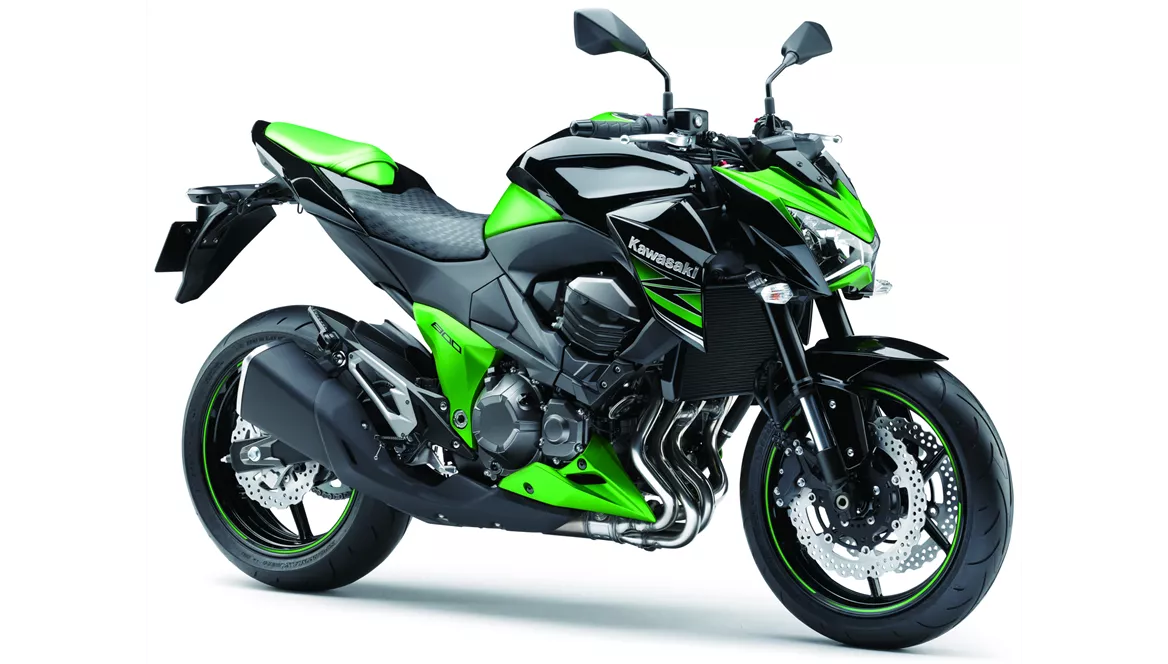
Kawasaki Z 800 2013

Suzuki GSR 750 2011
Visão geral - Kawasaki Z 800 2013 vs Suzuki GSR 750 2011
The Kawasaki Z 800 2013 and the Suzuki GSR 750 2011 are both naked bikes with inline four-cylinder engines. The Kawasaki Z 800 has a displacement of 806cc, while the Suzuki GSR 750 has a displacement of 749cc. In terms of power, the Kawasaki Z 800 produces 113 horsepower, while the Suzuki GSR 750 produces 106 horsepower. The Kawasaki Z 800 has a torque of 83 Nm, while the Suzuki GSR 750 has a torque of 80 Nm. Both bikes have a steel frame, with the Kawasaki Z 800 having a double cradle frame and the Suzuki GSR 750 having a double tube frame.
In terms of braking, both bikes have dual disc brakes at the front. The Kawasaki Z 800 has four-piston calipers, while the Suzuki GSR 750 has dual piston calipers. The front tire width for both bikes is 120mm, with a 17-inch diameter. The rear tire width is also the same at 180mm, with a 17-inch diameter. The wheelbase for the Kawasaki Z 800 is 1445mm, while the Suzuki GSR 750 has a slightly longer wheelbase of 1450mm. The seat height for the Kawasaki Z 800 is 834mm, while the Suzuki GSR 750 has a slightly lower seat height of 815mm. The curb weight of the Kawasaki Z 800 is 229kg, while the Suzuki GSR 750 is slightly lighter at 211kg. Both bikes have a fuel tank capacity of around 17 liters, with the Suzuki GSR 750 having a slightly larger capacity of 17.5 liters.
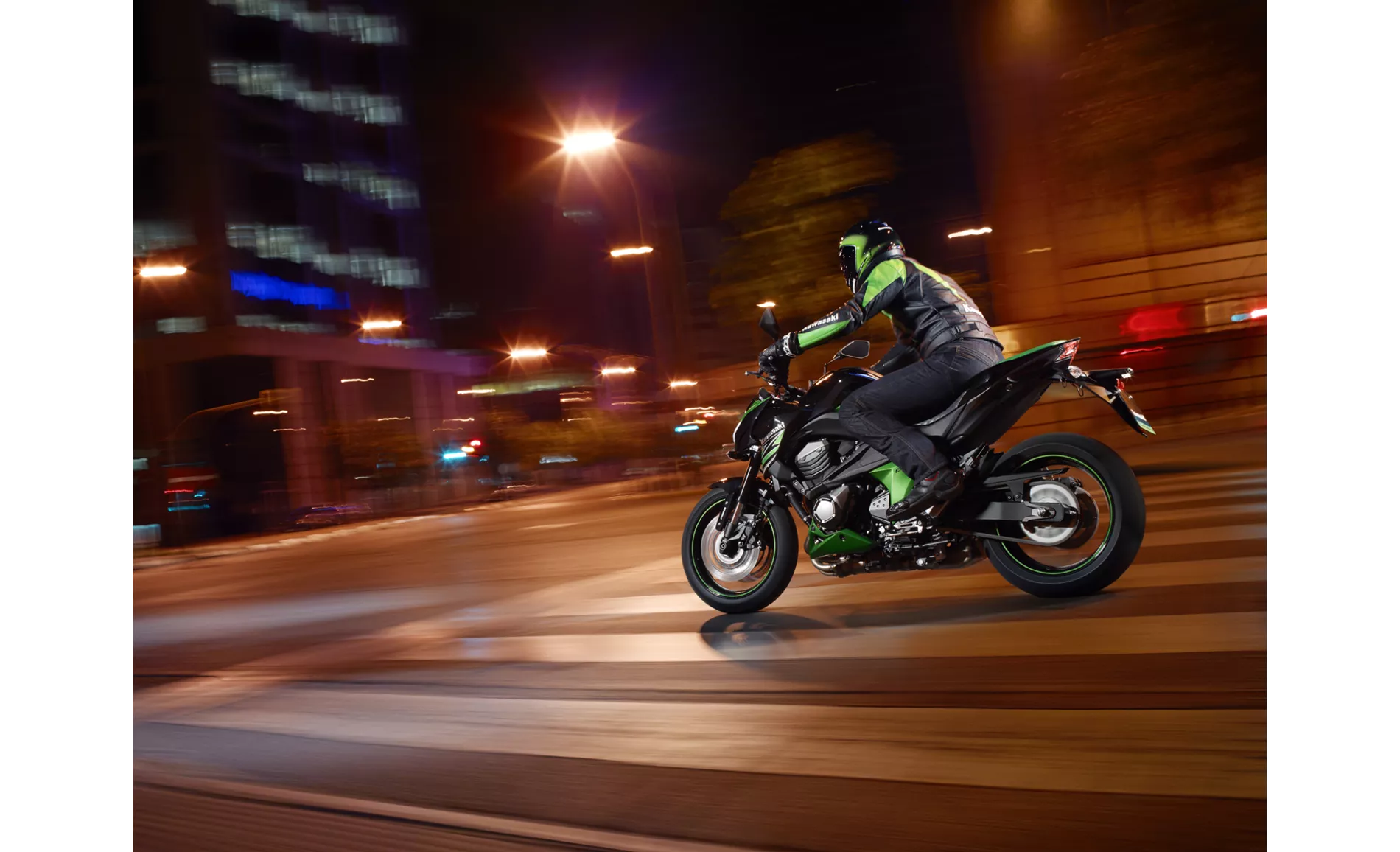
Kawasaki Z 800 2013
In terms of strengths, the Kawasaki Z 800 2013 has an attractive and robust appearance, confident acceleration, relaxed geometry, and powerful brakes. On the other hand, the Suzuki GSR 750 2011 has a powerful engine, aggressive appearance, optimal comfort, and a firm and sporty chassis.

Suzuki GSR 750 2011
However, the Kawasaki Z 800 2013 has a weakness in terms of limited legroom, which may restrict freedom of movement for some riders. On the other hand, the Suzuki GSR 750 2011 may require additional investments for extreme speeds, indicating that modifications or upgrades may be necessary to achieve top performance.
Overall, both the Kawasaki Z 800 2013 and the Suzuki GSR 750 2011 are capable and attractive naked bikes with their own unique strengths and weaknesses. Riders should consider their personal preferences, riding style, and intended use to determine which bike suits them best.
Especificações técnicas Kawasaki Z 800 2013 em comparação com Suzuki GSR 750 2011
Prós e contras em comparação
Prós e contras em comparação
Kawasaki Z 800 2013

No geral, a Z800 teve um desempenho sensacional. Considerando o facto de que nada foi alterado ou optimizado no veículo para além do silenciador traseiro Remus, o resultado final foi excelente.
Suzuki GSR 750 2011

O motor da GSX-R foi despojado de potência e recebeu ainda mais suavidade. Não se sente falta do primeiro, mas aprecia-se ainda mais o segundo. Em suma, a GSR oferece certamente potencial suficiente para todos os níveis de desempenho nas estradas públicas, e certamente também não se irá enganar com ela nas pistas de corrida.
Comparação de preços Preço médio de mercado Kawasaki Z 800 vs Suzuki GSR 750
There are a few key differences between a Kawasaki Z 800 2013 and a Suzuki GSR 750 2011. In terms of price, the actual average price of a Kawasaki Z 800 2013 is about 13% higher. Compared to Suzuki GSR 750 2011 there are less Kawasaki Z 800 2013 bikes available on the 1000PS.de Marketplace, specifically 7 compared to 13. It takes less time to sell a Suzuki GSR 750 with 53 days compared to 56 days for the Kawasaki Z 800. Since model year 2013 1000PS.de editors have written 11 reviews for the Kawasaki Z 800 and 12 reviews for the Suzuki GSR 750 since model year 2011. The first review for the Kawasaki Z 800 was published on 06/09/2012 and now has more than 8.100 views. This compares to more than 5.400 views for the first review on Suzuki GSR 750 published on 05/10/2010.



